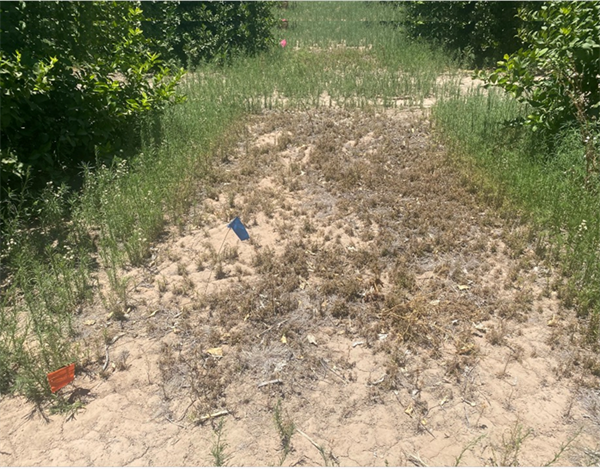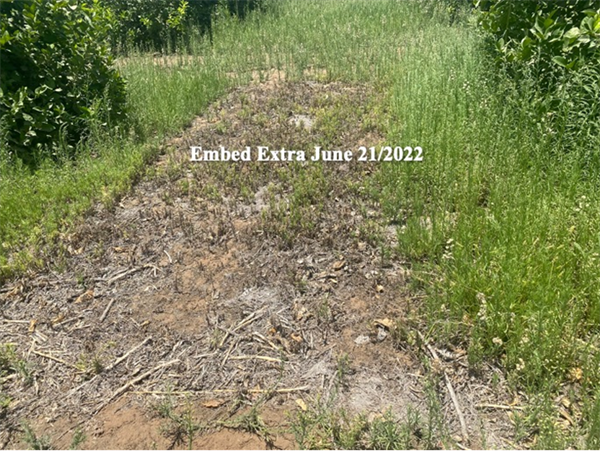Surveying the Yuma area, we have observed a lot of Hairy Fleabane (Conyza bonariensis) and received calls from PCA's regarding this weed and its control.
We have observed that the application of Glyphosate is not showing good efficacy in controlling this species in parts of Yuma and Phoenix area.
Resistance to glyphosate has been reported in some grain growing areas of Queensland and northern New South Wales and other cropping regions across Australia (1) as well as Spain (2).
Other cases of resistance to other herbicides such as paraquat, and 2,4-D have been confirmed (3).
In the International Herbicide Resistance Weed Database it is reported that in Switzerland that both Conyza canadiensis (Horseweed) and Conyza bonariensis (Hairy Fleabane) presented resistance to a HRAC Group 9 herbicide last year. We found resistance reported in California only and not in Arizona (4).
Some of our PCA amigos and field technicians have reported having problems finding a good treatment for fleabane due to possible glyphosate resistance. We included Glufosinate and Embed Extra in a trial last year. The images below show good results of an application of Rely at a high rate (82floz) with two applications at a 2-week interval. The second picture shows the efficacy of Embed Extra (2 pt.) following the same application schedule. Weeds were ~2-3” at the time of application. Some growers have reported good results with glufosinate in Waddell AZ. Sharpen has also been used by Yuma citrus growers.
A study showed that plants grown at 90% relative humidity presented more translocation of glufosinate than those grown at 35%. Relative humidity had greater effect than temperature on glufosinate toxicity to Palmer amaranth, redroot pigweed, and common waterhemp (5). In a trial conducted by Barry Tickes from UA nutsedge control was better in an August application with a ~40% RH than a June application with ~20% RH.
As always please check labels and registration before using these treatments.

Figure 1. Hairy fleabane control with Glufosinate

Figure 2. Hairy Fleabane control with Embed Extra
References:
1. https://bnrc.springeropen.com/articles/10.1186/s42269-020-00316-w
2. https://cdnsciencepub.com/doi/10.1139/cjps-2018-0254
3. https://bioone.org/journals/weed-technology/volume-35/issue-4/wet.2021.11/Cross-resistance-to-diquat-in-glyphosate-paraquat-resistant-hairy-fleabane/10.1017/wet.2021.11.short
4. https://www.weedscience.org/Pages/Species.aspx
5. Coetzer, E., Al-Khatib, K., & Loughin, T. (2001). Glufosinate efficacy, absorption, and translocation in amaranth as affected by relative humidity and temperature. Weed Science, 49(1), 8-13. doi:10.1614/0043-1745(2001)049[0008:GEAATI]2.0.CO;2





